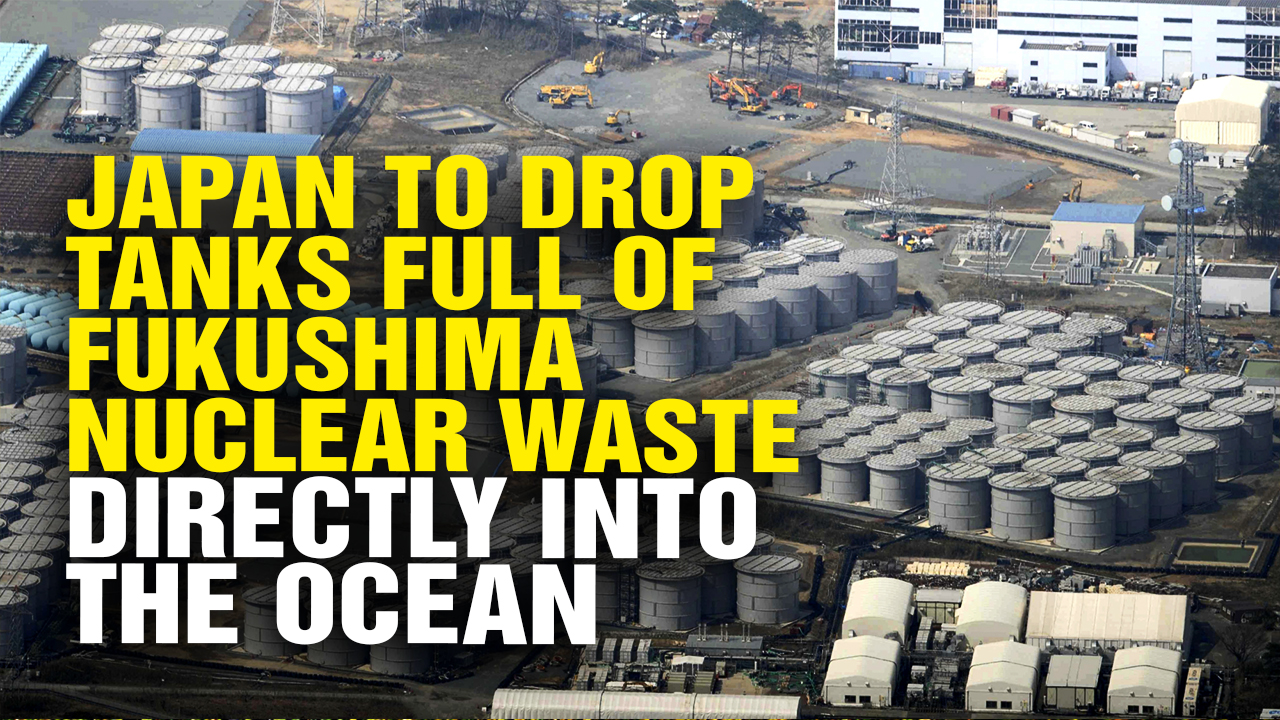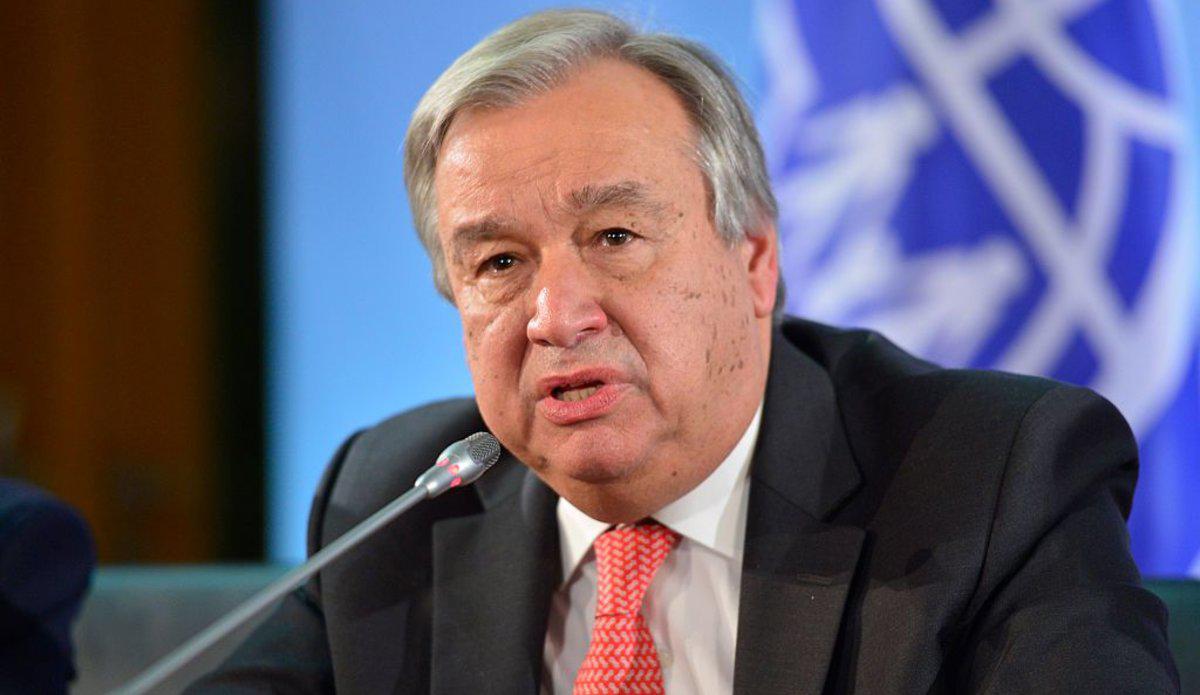
Stop Dumping Radioactive Water from
Fukushima Daiichi into the Pacific,
Store it on the Land
Global Campaign against Japan’s Dumping of Nuclear Wastewater at Sea’
Global Joint Statement to the UN and its Member States
Deficiency of Scientific Evidences for
Safety to Ocean Dumping in Japan’s Plan
The Japanese government will dump more than 1.3 million tonnes of radioactive wastewater from the Fukushima Daiichi nuclear power plant into the Pacific Ocean from this August for more than 30 years.
However, no proper verification or assessment of the resulting damage or biological impact was conducted by Tokyo Electric Power Company (TEPCO) and the International Atomic Energy Agency (IAEA). Dumping contaminated wastewater into the ocean is irresponsible and threatens human life and marine ecosystems.
According to the International Physicians for the Prevention of Nuclear War (IPPNW) and the U.S. National Association Of Marine Laboratories (NAML), radioactive materials have long-term effects on ecosystems and human life. This is a transboundary and transgenerational issue. Many physicians worldwide and marine scientists in the USA recommend new approaches and alternatives to ocean dumping rather than proceeding with Japan’s plan.
There are alternatives. The contaminated wastewater can be stored in Chernobyl sarcophaguses, petroleum storage tanks, or hardened concrete in the long term until its radioactivity has weakened. Even the Japanese government considered them at first.
The Japanese government insists that treated wastewater is safe, but there has been no long-term, biological study completed to verify this claim. TEPCO has been able to do nothing but spray water to treat the melted nuclear fuel for 12 years after the accident.
According to the most authoritative independent scientific assessment of the planned discharge, conducted by a five-member independent international scientific panel appointed by the Pacific Islands Forum (PIF), “TEPCO’s knowledge of the specific radionuclide contents of all the tanks is seriously deficient.” They pointed out that:
- “(TEPCO’s) sampling and measurements have been unrepresentative, statistically deficient and biased, and have not included the debris and sludges, which Japan has acknowledged are present in at least some of the tanks……There is no evidence confirming that even repeated processing through ALPS can provide consistently effective purification.”
- “There has been no adequate consideration of the behavior of radioactive elements in the ocean, with transport by ocean currents and organisms, accumulation and concentration in biota and sea floor sediments, or the behavior of organically bound tritium in an ocean environment.”
- “Neither TEPCO nor the IAEA acknowledged or addressed the many serious scientific questions raised by the panel……However, no satisfactory answers were provided. Indeed the IAEA cut off contact with the panel.”
The sea floor off Japan’s east coast still contains up to 10,000 times the cesium concentration as before the disaster. The planned discharge is expected to make it worse, and even many scientists, including the Japan Nuclear Society, estimate the discharge will go on for more than 40 years.

Violation of the Law of Sea and International Norms
Such as International Human Rights Law and
The Sustainable Development Goals
Whether water is contaminated, treated, or diluted, it is still radioactive wastewater. The release through a tunnel is not exempt from the London Convention and the Law of the Sea. The 16th Consultative Meeting of Contracting Parties to the London Convention prohibited the dumping of all types of radioactive waste including low- and mid-level materials in 1993. The dumping of radioactive contaminated wastewater is a violation of the duty to conserve the marine ecosystem defined under the UN Convention on the Law of the Sea.
Multiple UN Special Rapporteurs of the UN Human Rights Council have severely criticized the plan with their concerns of the potential threats to human health and the environment resulting from the discharge of radioactive wastewater to the Pacific Ocean. Furthermore, the Japanese government’s planned discharge of this radioactive wastewater is a gross violation of the rights of communities in and around the Pacific and beyond to a clean, healthy and sustainable environment as adopted by the UN Human Rights Council resolution 48/13.
The Japanese government and the IAEA, which are committed to the full implementation of Sustainable Development Goals (SDGs) that were adopted in the UN General Assembly in 2015, are supporting the plan to dump radioactive wastewater ignoring many scientists and concerned people in and beyond the borders of Japan. Japan’s plan hinders or pulls back the achievement of SDGs, particularly, SDG 2, SDG 3, SDG 14, and SDG 16:
- Target 2.4 Sustainable food production systems that help maintain ecosystems
- Target 3.9 Substantially reduce the number of deaths and illnesses from hazardous chemicals and air, water and soil pollution and contamination
- Target 14.1 Prevent and significantly reduce marine pollution of all kinds, in particular from land-based activities, including marine debris and nutrient pollution
- Target 2 Sustainably manage and protect marine and coastal ecosystems to avoid significant adverse impacts, including by strengthening their resilience, and take action for their restoration in order to achieve healthy and productive oceans
- Target 14.7 Increase the economic benefits to Small Island developing States and least developed countries from the sustainable use of marine resources, including through sustainable management of fisheries, aquaculture and tourism
- Target 14.a Increase scientific knowledge, develop research capacity and transfer marine technology, in order to improve ocean health and to enhance the contribution of marine biodiversity
- Target 14.c Enhance the conservation and sustainable use of oceans and their resources by implementing international law as reflected in United Nations Convention on the Law of the Sea
- Target 16.7 Ensure responsive, inclusive, participatory and representative decision-making at all levels

NO Reviewing Justification Principle of the
International Standards of Radiation Protection
The IAEA has concluded that Japan’s plans to release treated wastewater stored at the Fukushima Daiichi Nuclear Power Station (FDNPS) into the sea are consistent with IAEA Safety Standards in its final report on July 4. In addition, it said that discharge of the ALPS treated wastewater, as currently planned by TEPCO, will have a negligible radiological impact on people and the environment. However, these statements are based on older standards that do not include modern biological assays and techniques.
Contradictorily, in the same report, the IAEA recognizes that its report does not justify Japan’s plan, mentioning “decisions regarding justification should be taken at a sufficiently high governmental level to enable all the considerations that may be related to the benefits and detriments to be taken into account. As nuclear safety is a national responsibility, it is a decision for the Government of Japan to take.”
The IAEA has ignored its primary responsibility. We ask the IAEA to uphold and respect their mandate for sustainable development. There has not been enough and transparent access to information to the scientists and the public for their understanding. The IAEA should have recommended minimizing the damage to ecosystems and preventing transboundary harm by adopting a safer method than the release of contaminated wastewater.

The Silence of UN Secretary General
and the US Statement Backing Japan
The UN system and its member states have been committed to the implementation of the Sustainable Development Goals (SDGs) since 2015 when it was adopted in the 70th session of the UN Assembly.
We are disappointed that Secretary General Antonio Guterres has been silent on this problem even though Japan’s plan does not follow the precautionary principle of the SDGs at all. He has called on the Decade of Action for UN SDGs in 2019 and promoted the SDGs Summit in 2023 and the Summit of the Future in 2024 in order to encourage the member states to take bold actions for the achievement of SDGs. However, we doubt his sincerity to fulfill his mission. Only with words and conferences, how can we trust the UN’s role for our sustainable future?
We are also very disappointed with Mr. Biden as a world leader because his stance can influence Japan’s plan. The US government said on July 5 just after the IAEA report was released that it “welcomes the IAEA report noting Japan’s plans to release treated wastewater from the Fukushima Daiichi nuclear site are safe and consistent with internationally accepted nuclear safety standards.”
We ask why the US government announced its position for whom, and if it considered the voices of opposition to Japan’s ocean dumping that many recognized scientists in the USA, city councils (such as West LA in California), and U.S. civil society groups have raised for the future benefits of the USA and the world.

Concerns and Demands
Like climate change, the marine ecosystem won’t be reversible if it is polluted beyond its capacity. The sea is the source of all life forms. There is nothing to be prioritized more than life. Dumping radioactive wastewater is the act of killing lives which cannot be condoned by global citizens.
For our human rights and sustainable future, we strongly urge as follows:
- All the organs of the UN and its specialized agencies should stop Japan’s plan to dump radioactive wastewater from Fukushima Daiichi into the Pacific ocean, and recommend more scientific alternatives already suggested in order to fulfill their commitments to Human Rights and SDGs implementation.
- No country in the world should support Japan’s plan to jeopardize our lives and the earth without verification of the Justification Principle of International Standards of Radiation Protection.
We will keep our voices up to stop Japan’s plan until they withdraw.